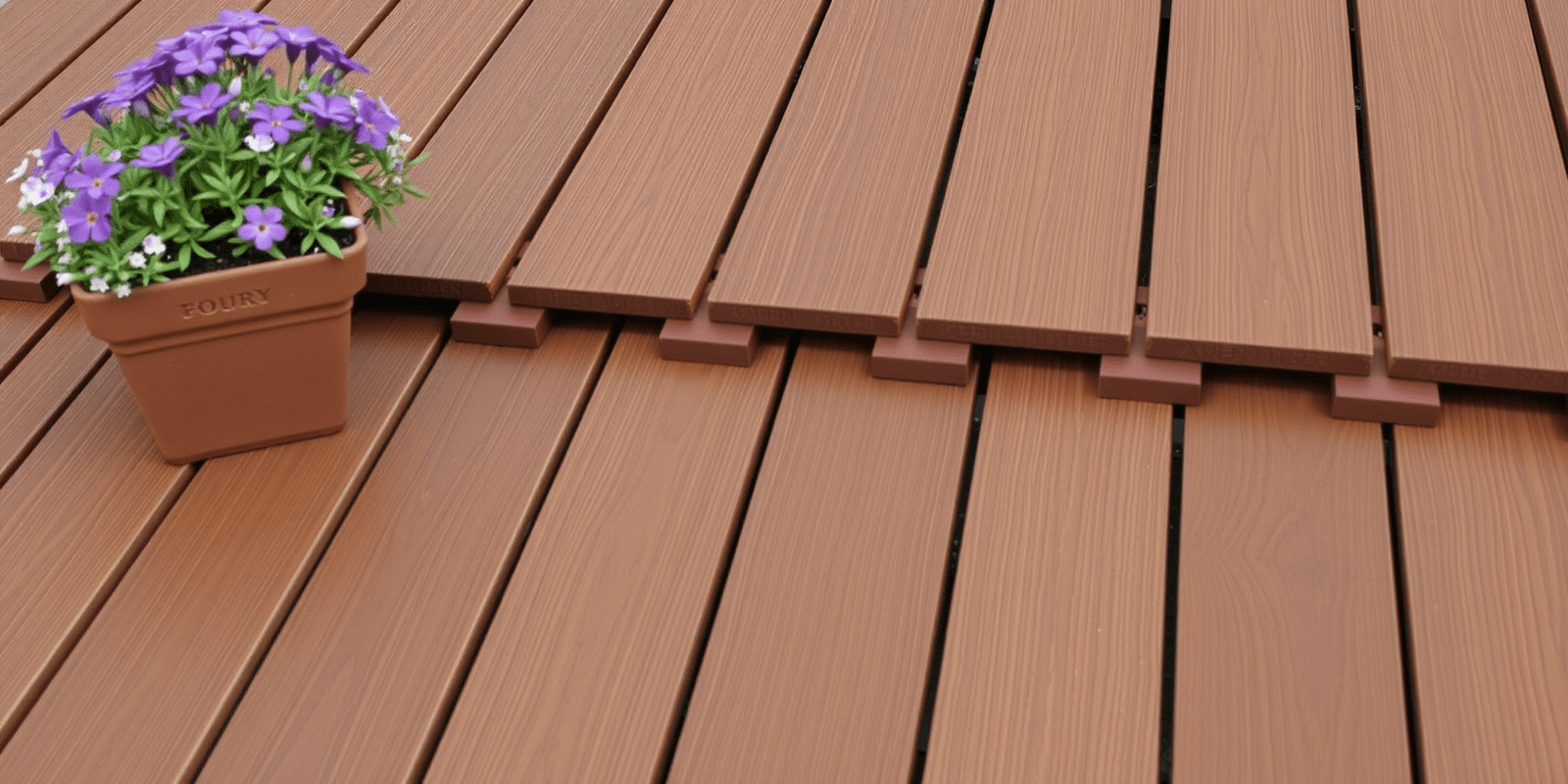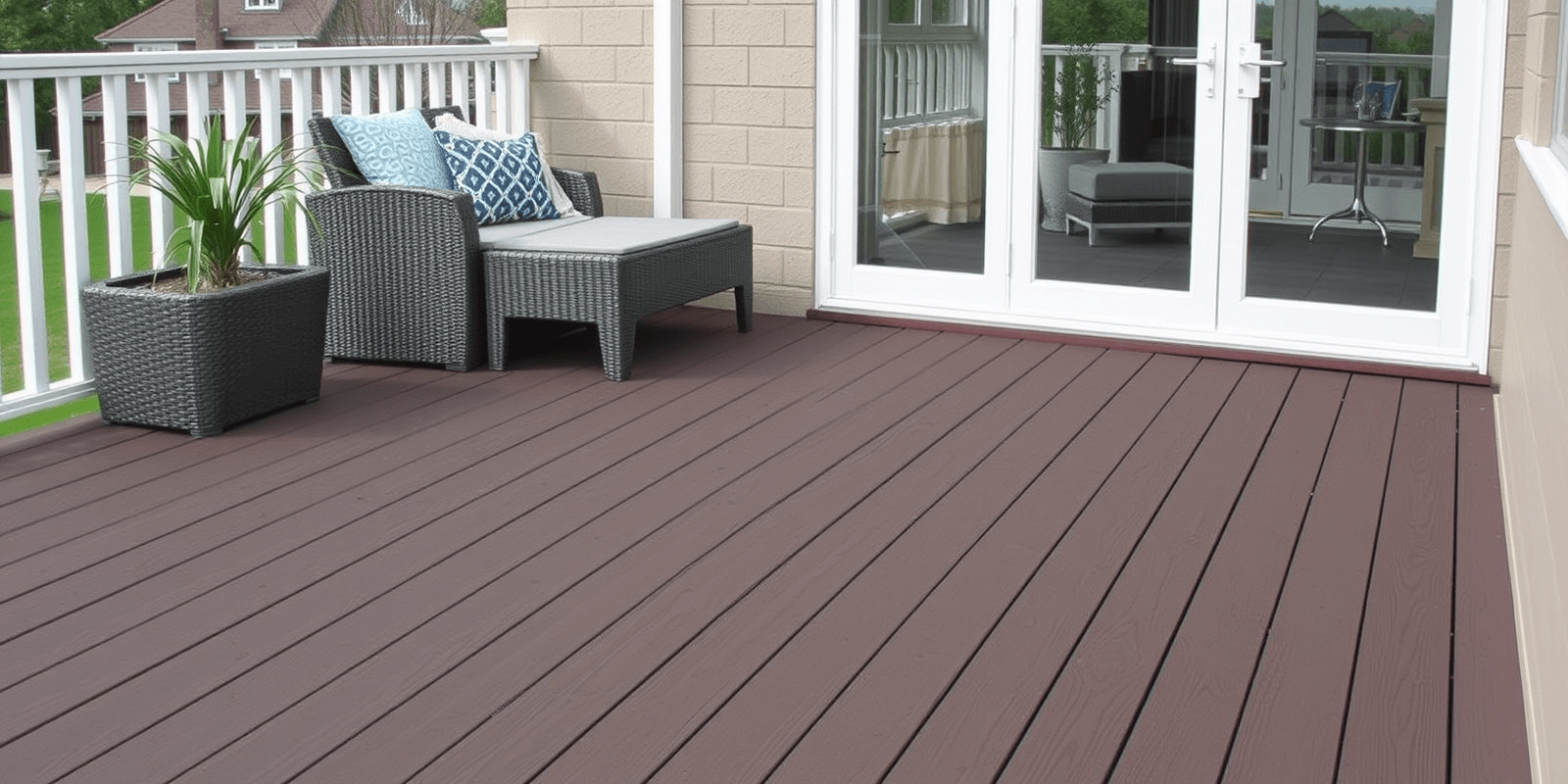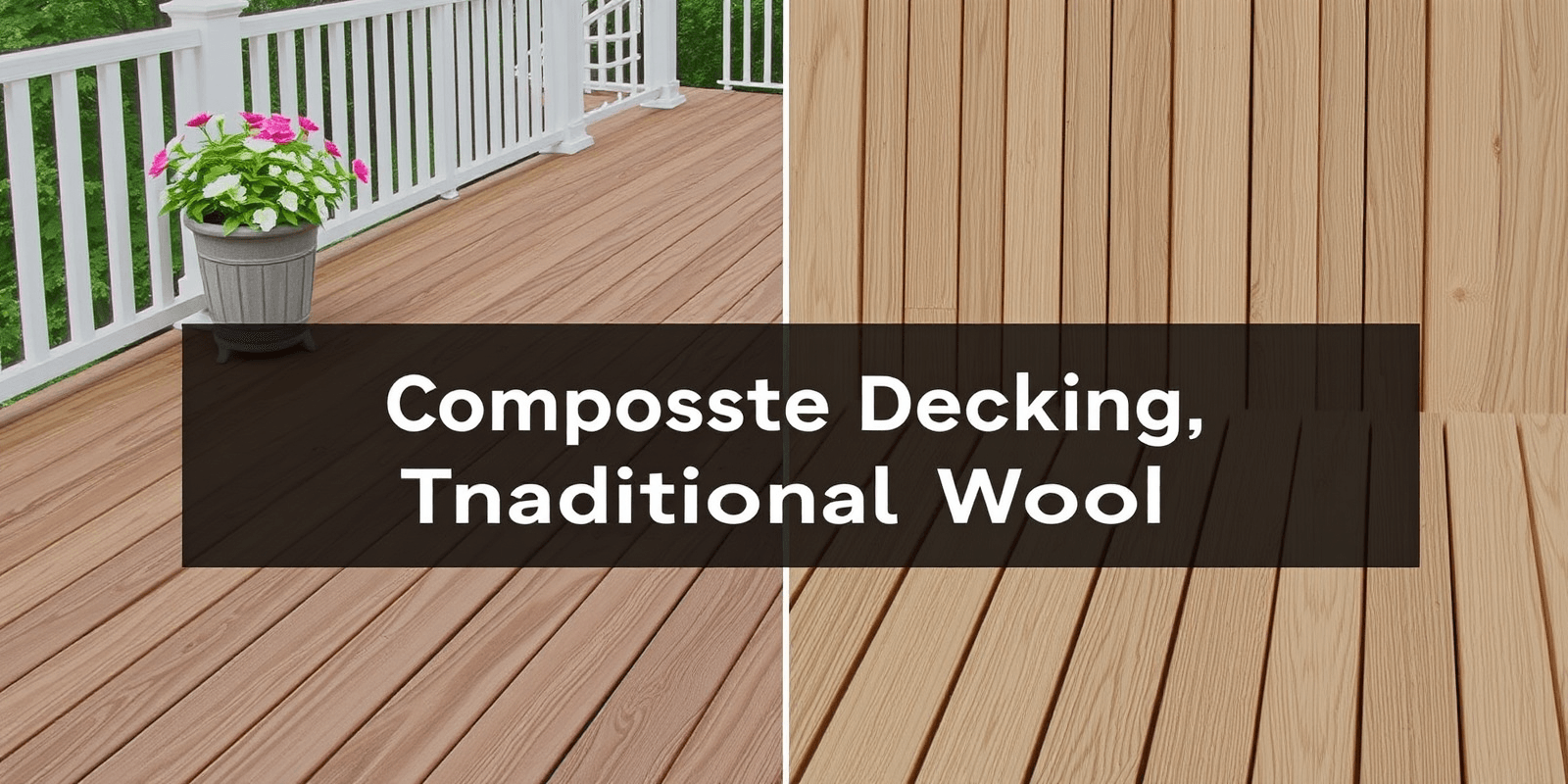“`html
The Eco-Friendly Choice: Wood-Plastic Composite Interlocking Decking Tiles
Introduction
In recent years, there has been a growing awareness of the importance of sustainable living and reducing our carbon footprint. One area where this trend is making a significant impact is in home improvement and landscaping projects. Among the various options available, wood-plastic composite (WPC) interlocking decking tiles stand out as a prime example of eco-friendly construction materials. These tiles not only offer durability and aesthetic appeal but also contribute significantly to environmental conservation.
Production Process
The production of WPC interlocking decking tiles involves a unique blend of recycled wood fibers and plastic resins. This combination leverages the best properties of both materials while minimizing waste. The wood fibers are typically sourced from post-consumer wood products such as reclaimed lumber and wood scraps from furniture manufacturing. The plastic resins used are often recycled from plastic bottles, milk jugs, and other consumer packaging. This closed-loop recycling system significantly reduces the demand for virgin materials and minimizes landfill waste.
Lifecycle Impact
From start to finish, WPC interlocking decking tiles have a lower environmental impact than traditional wood or plastic alternatives. During their lifecycle, these tiles resist moisture, insects, and rot, which means they require less maintenance and have a longer lifespan. Unlike natural wood, they do not need regular treatments with chemicals that can leach into the soil and waterways. Additionally, their modular design makes them easy to replace or rearrange, extending their usability beyond a single installation.
Comparative Environmental Benefits
Compared to traditional wood decks, WPC interlocking decking tiles offer several environmental advantages. Firstly, they reduce the demand for virgin timber, which helps preserve forests and biodiversity. Secondly, their longevity means fewer replacements over time, further reducing resource consumption. Lastly, their recyclability at the end of their life cycle ensures that materials are not wasted but instead reintroduced into the production process.
Conclusion
Wood-plastic composite interlocking decking tiles represent a forward-thinking choice for homeowners and builders who prioritize sustainability. Their eco-friendly production process, extended lifecycle, and minimal environmental impact make them a compelling option for creating beautiful outdoor spaces without compromising on environmental responsibility. By choosing WPC interlocking decking tiles, you’re not just enhancing your property; you’re contributing to a healthier planet.
“`



